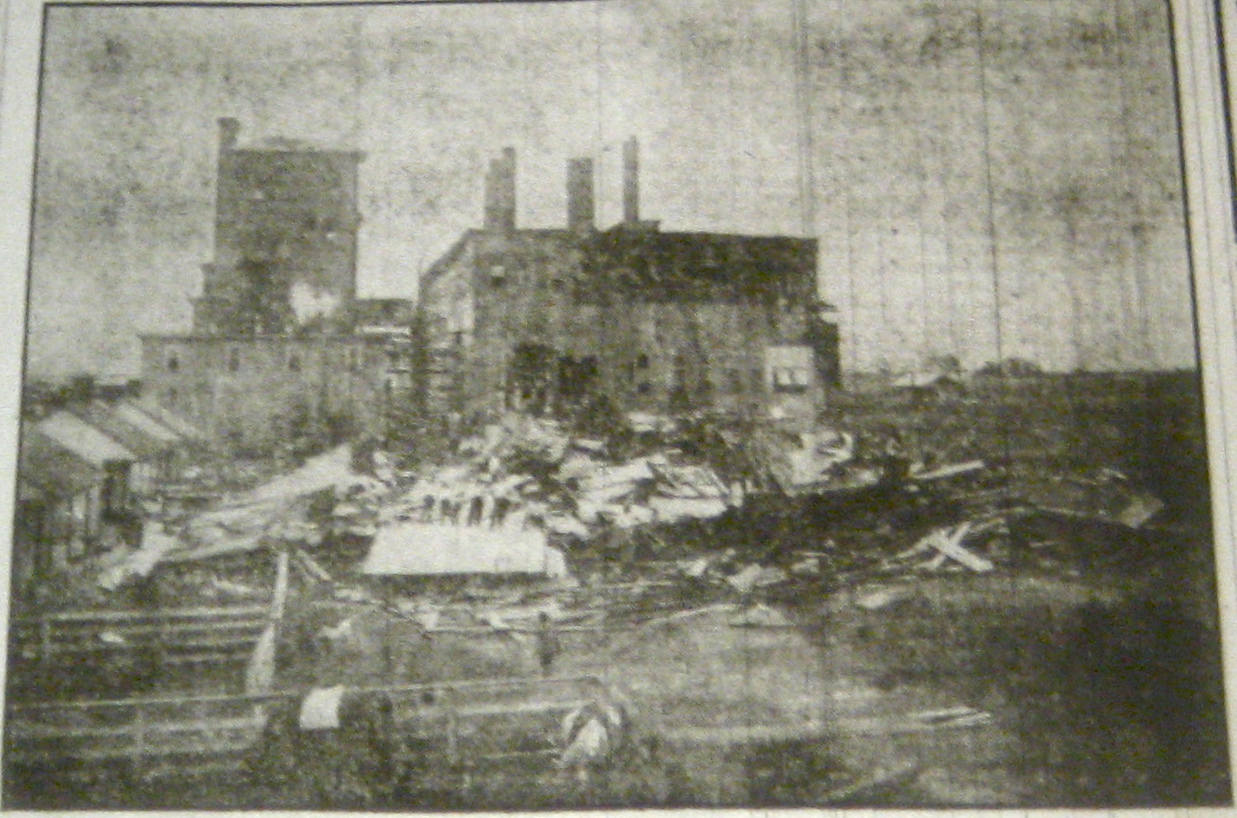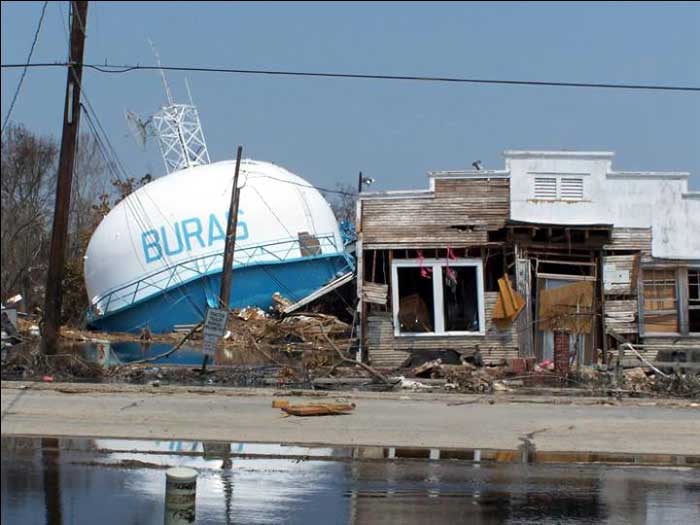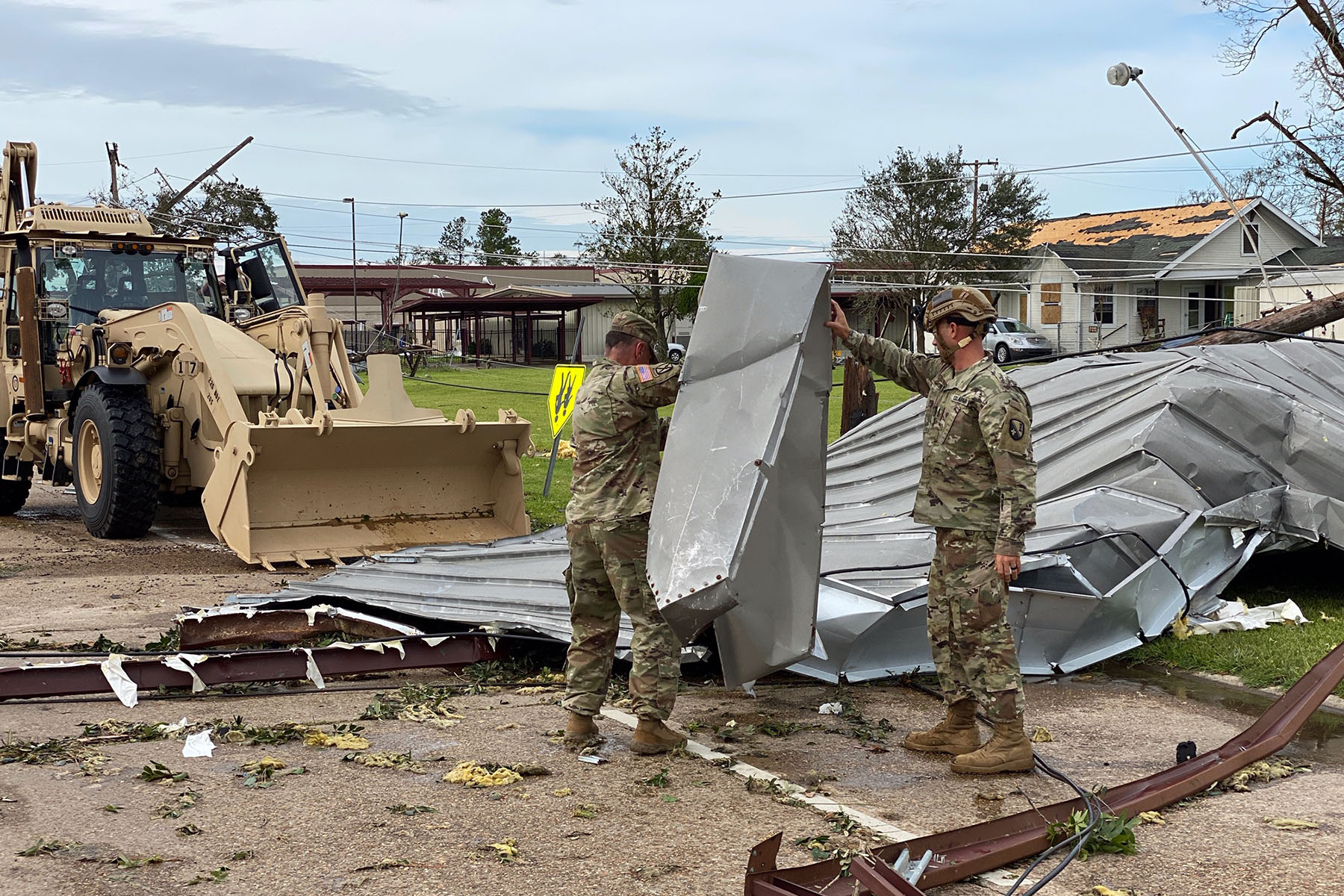1893 - Cheniere Caminada Hurricane

This hurricane caused the most significant loss of life in Louisiana history. The hurricane made landfall between New Orleans and Port Eads at dusk on October 1. Wind speeds were estimated to be over 100 mph in Grand Isle. The storm surge was as high as 15 feet in Louisiana Bay and over 16 feet at Chandeleur Island. New Orleans was flooded, and the town of Buras was destroyed entirely. The storm wiped out nearly 60% of Plaquemines' orange crop.








